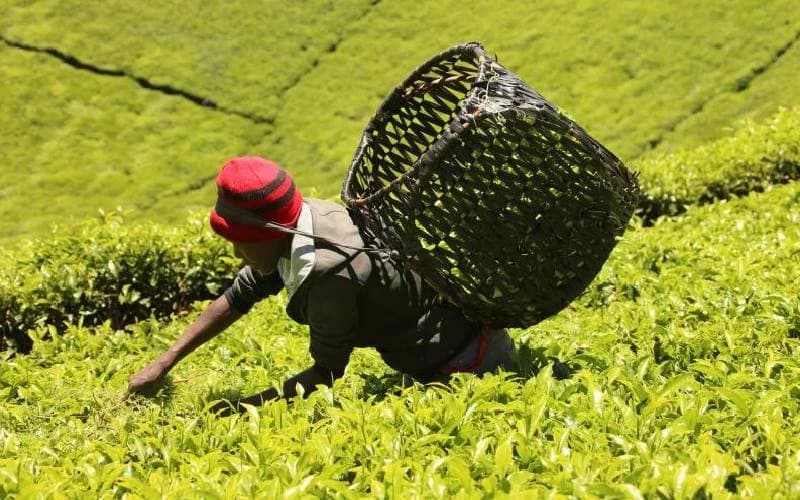Loading News Article...
We're loading the full news article for you. This includes the article content, images, author information, and related articles.
We're loading the full news article for you. This includes the article content, images, author information, and related articles.
Smallholder tea farmers are set to receive their final payments for the 2024/2025 financial year, alongside KSh 2.7 billion recovered from collapsed banks, offering a crucial financial boost amidst concerns over lower bonus rates.

The Kenya Tea Development Agency (KTDA) has announced that smallholder tea farmers will receive their final payments for the 2024/2025 financial year by Wednesday, October 15, 2025. This disbursement will include proceeds from green leaf deliveries made in September 2025, directly credited to farmers' bank accounts.
In addition to the annual bonus, farmers are set to receive KSh 2.7 billion recovered from the liquidated Chase Bank and Imperial Bank. This recovery follows interventions by the government, with President William Ruto officiating the release of these funds by the Kenya Deposit Insurance Corporation (KDIC) on September 11, 2025. The President directed that the entire sum be distributed equitably to tea farmers and reflected in their pay slips as a Government of Kenya Refund.
The announcement by KTDA on Tuesday, October 8, 2025, comes after the conclusion of the 2024/2025 financial year accounts and the subsequent declaration of final green leaf payments by individual factory boards. This year's bonus payments have been a subject of anticipation, particularly after the Agriculture Principal Secretary, Dr. Kipronoh Ronoh, directed that the recovered funds be reflected in farmers' pay slips as a government refund.
The funds from Chase Bank and Imperial Bank had been trapped since the banks faced closure in 2016 due to financial problems. The government's intervention, leading to the release of KSh 2.7 billion by the KDIC, aims to cushion farmers, especially those in the West of Rift region, who have recently experienced lower bonus payments.
The Kenya Tea Development Agency had previously addressed concerns regarding lower-than-expected second payments, or bonuses, for the current year. KTDA attributed this drop primarily to international market conditions and unfavourable currency exchange movements. In 2024, the Kenyan Shilling traded at an average of KSh 144 to the US dollar, while in 2025, the average was KSh 129. This stronger shilling meant that even with stable international tea prices, the amount realised in Kenyan Shillings was significantly lower.
Regional variations in tea prices were also noted, with areas in the East of Rift such as Kiambu, Murang'a, Nyeri, Kirinyaga, Embu, and Meru experiencing drops in earnings per kilo compared to the previous year. Similarly, regions in the West of Rift, including Kericho, Bomet, Nyamira, Kisii, and Nandi/Vihiga, also saw reduced earnings. These differences are attributed to quality factors, market dynamics, and varying cost structures.
While the overall payment date has been set, the specific breakdown of individual farmer bonuses from the 2024/2025 financial year, beyond the recovered bank funds, remains to be fully detailed by all factory boards. KTDA has stated that detailed payment breakdowns will be accessible to farmers through their individual pay slips and the KTDA App.
Looking ahead, KTDA is implementing strategies to stabilise farmer incomes, including expanding orthodox tea production for higher prices in niche markets and collaborating with the government to promote value addition, reduce packaging costs, and open new markets like China. The government is also continuing its efforts to revitalise the tea sector through initiatives such as fertiliser subsidies and the removal of VAT on tea packaging materials.
Stakeholders will be closely watching the impact of these payments on the livelihoods of smallholder tea farmers, particularly in regions that experienced lower bonus rates. The effectiveness of KTDA's long-term strategies to mitigate the effects of global market fluctuations and currency movements on farmer earnings will also be a key area of focus. Further government interventions and policy adjustments aimed at enhancing the profitability and sustainability of the tea sector are anticipated.